Kamishibai: A Versatile Tool to Develop Reading, Writing and Oral Storytelling Skills
The Kamishibai Classroom
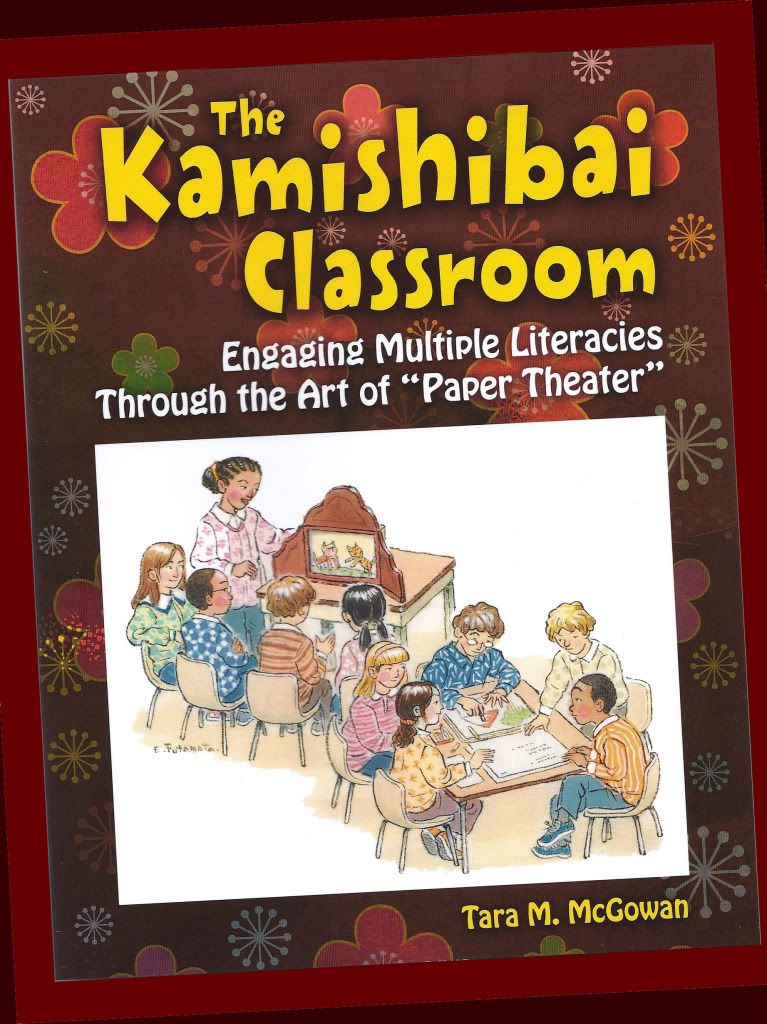 | | The Kamishibai Classroom: Engaging Multiple Literacies Through the art of "Paper Theater" by Tara McGowan |
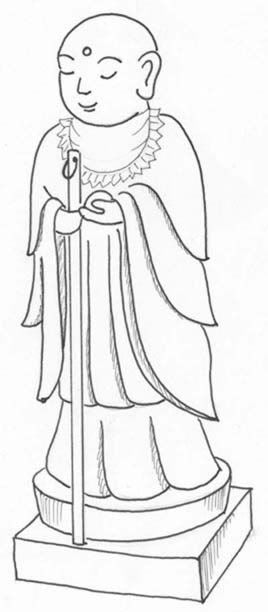 | | Jizo by Midori Okada |
Caldecott Medalist
Allen Say
Remembers
Kamishibai 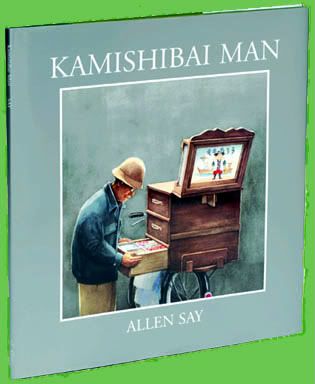
The Art of Japanese Paper Theater
For more information please go to our website!
 | | Jeffrey Dym's videos How to use kamishibai and Kamishibai in the classsroom |
|
|
Links
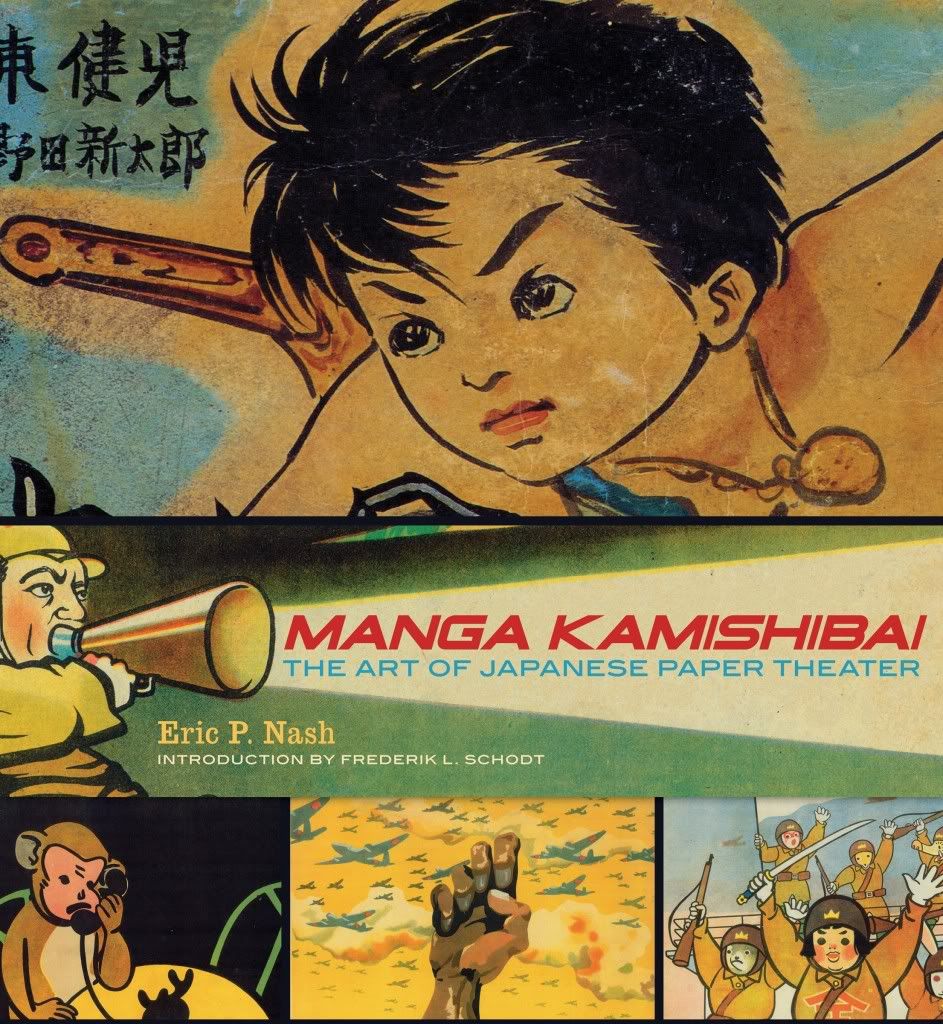 | |
Manga Kamishibai
by Eric P. Nash |
Asian Zodiac Postcards
2 examples:
|
|
|
Featured kamishibai: Hats for the Jizos
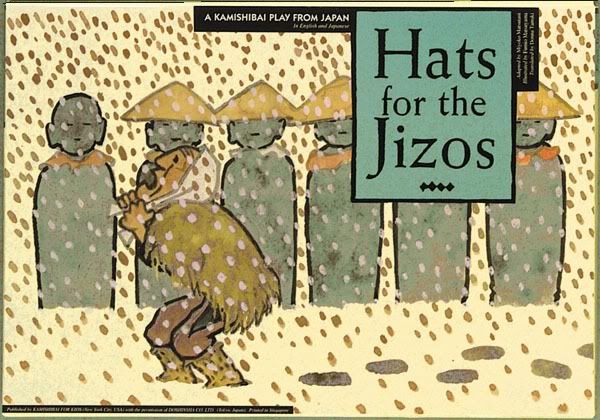 | |
Adapted by Miyoko Matsutani, Illustrated by Fumio Matsuyama, Translated by Donna Tamaki |
As with Christmas in western countries, New Year's Eve in Japan can be a magical, mystical night for both adults and children. In this folktale, we see a special kind of enchantment taking place on this solemn, transitional night.
Since 1873 when the Meiji government abandoned the Chinese lunar calendar, New Year's has been celebrated in Japan from January 1-15. It is one of the most important and joyous events of the year. Houses are scrubbed down and decorated to welcome the visit of the native gods, special dishes are prepared, people dress up in kimono or their best clothes and children receive gifts of money wrapped in small, colorful envelopes.
The elderly protagonist of this tale goes to a nearby village hoping to sell some cloth that his wife has woven. He needs money to buy special, traditional food to celebrate the New Year. Unable to find a buyer, he exchanges the cloth for five straw hats. Snow begins to fall heavily as he makes his way home. Using the five hats and his own scarf, the kind-hearted man covers the heads of six statues of the saint Jizo standing by the side of the road to protect them from the snow.
After eating a very frugal meal, he and his wife go to bed. During the night they hear mysterious chanting outside their house. Upon opening the door, they find that the six grateful Jizos have left them rice cakes, beautiful kimono and precious coins for the New Year.
The earthy colors and the large, fluffy snowflakes in the illustrations convey both a sense of simplicity and the severity of the lives of the simple country folk in the poor, mountainous regions of Japan long ago. But the warmth of the interaction between the old man and the Jizos creates a moving and touching tale, which is marvelously retold by Japan's well-known children's writer and folktale collector, Miyoko Matsutani.
More About Jizo
Simple stone statues of the Buddhist saint Jizo, often represented as a monk with a jewel in one hand and a staff in the other, are ubiquitous along roads and pathways in both rural and urban areas in Japan. Jizo is one of the most popular Buddhist figures in the country and is said to protect souls, especially those of children, on their journey to the next world. His benevolence extends to humans suffering in this world, and he is believed to provide generously for the poor and needy. |
|
 | | Roadside Jizo in Uoshima. |
Kamishibai Sale
Limited Time (See Below)
|
Princeton University Cotsen Children's Library
Cotsen in the Classroom: The Kamishibai Trunk Program
by Tara McGowan
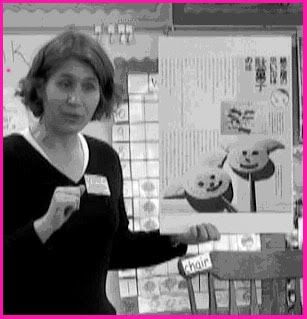 | |
"Kamishibai Candies" (Dana Sheridan) |
In 2008, Dana Sheridan, outreach coordinator at the Cotsen Children's library, contacted me to help her design a program about kamishibai based on the Cotsen Children's Library kamishibai collection. Cotsen Children's Library is housed in the Firestone Library at Princeton University in New Jersey. As their Website states:
The research collection of the Cotsen Children's Library is a major historical collection of rare illustrated children's books, manuscripts, original artwork, prints, and educational toys from the 15th century to the present day in over thirty languages. The collection has important holdings of materials in the English, Chinese, Czech, Dutch, French, German, Greek, Hebrew, Italian, Japanese, Latin, and Russian languages. (http://www.princeton.edu/cotsen)
Included is one of the largest collections of historical kamishibai cards outside Japan. Since the Cotsen collection can only be accessed by appointment, Dana has developed a series of "trunk" programs, which she personally takes into classrooms in the area. This is the description of the Cotsen in the Classroom programs taken from the Library Website:
Cotsen in the Classroom is our response to educators who have expressed a keen interest in the special collections at the Cotsen Children's Library. We have two goals: 1) We want to make Cotsen's collections come alive for children in a relevant, dynamic, and innovative manner; and 2) We want to make this program useful and easily accessible to educators.
Since 2008, the kamishibai trunk program has developed into one of Dana's most popular programs. I recently videotaped Dana in a classroom and also interviewed her to hear what insights she had gleaned from presenting kamishibai from a historical perspective to children in the US. (To see a videotape of the entire program, click on the photographs in the order they appear.)
Go to our website www.kamishibai.com for Tara's interview with Dana Sheridan of the Cotsen Children's Library at Princeton University.
|
|
|
The Year of the Rabbit
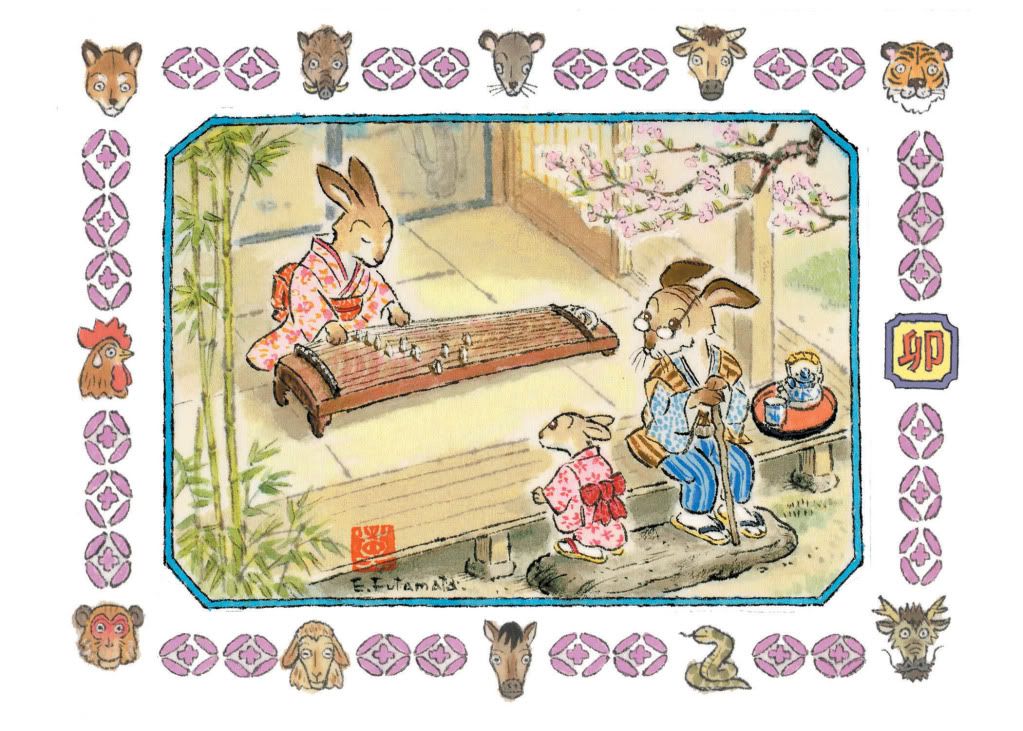 | | One of thirteen Zodiac cards. |
The 12-year animal zodiac cycle originated in China but gradually spread throughout East Asia. It was used not only for naming years, but also for months, hours of the day and to indicate directions.
The Rabbit is the 4th animal in the cycle. People born in the Year of the Rabbit are said to be fast learners, graceful, gentle and gifted. 2011, 1999, 1987, 1975, 1963 etc. are Years of the Rabbit. To find out if you are a Rabbit, add or subtract multiples of 12 to the year in which you were born. |
|
|